Does Sabah have anything extraordinary on world map? Foreigners would not know your favourite celebrity in Malaysia. But when you mention the word “Borneo”, they would reply, “Oh I know, that’s where orangutan lives!” Orangutan is a superstar in animal kingdom and is featured as much as Kangaroo and Panda in nature channels.
However, orangutan, a.k.a. Man of the Forest, isn’t the only wonder in our 140-million-year-old Borneo rainforest (Amazon is only 60 million). Come and meet the “Borneo version” of Playboy, Teddy Bear, Mini Jumbo and Love Bird, which are Proboscis Monkey, Sunbear, Pygmy Elephant and Hornbill respectively, the other four iconic wildlife rule the third largest island on earth. Allow me briefly introduce these charismatic and must-see animals of Borneo:-
1. Orangutan – Man of the Forest
say Hi to your cousin (just kidding), orangutan, is one of our closest relative, as their DNA is 97% resemble to human. If you look at their eyes and expression, you know they are thinking animal. Orangutan probably inspired the making of first King Kong movie, and you may have seen orangutan in movies such as Maurice in Rise of the Planet of the Apes and King Louie in Jungle Book.
Orangutan is smarter than Chimpanzee. They know how to use tools, memorizing the fruiting season of different fruit and pass on this knowledge to their offspring. Orangutan is the only great ape of Asia. So please stop calling orangutan a monkey, that’s an insult to them lol.
2. Proboscis Monkey – Playboy of Borneo
This peculiar long-nosed monkey has an amusing nickname, i.e. Orang Belanda (means Dutch Man in Malay language) because of its big nose and beer belly (don’t be offended ok, if you are from Netherlands). Though you would think the long, pendulous nose of adult males is funny, the female monkey think it’s sexy. And strong male proboscis monkey has dozen of wives.
Never feed Proboscis Monkey with banana. Their digestion system is meant for breaking down mangrove leaves. Anything sweet will ferment and create lot of gas in their stomach, and that could cause death.
3. Pygmy Elephant – Mini Elephant
Pygmy Elephant is the smallest elephant on earth and only a thousand of them left in Sabah, so they are critically endangered and far rarer than African elephant (with a population of 350,000+ and always reported as “in worrying status” by world media).
Pygmy Elephant looks like Asian Elephant, but both species separated from each other around three million years ago, and Pygmy Elephant evolves into a smaller subspecies that has longer tail and round baby face. Pygmy Elephants love durian and they swallow it as a whole.
4. Bornean Sun Bear – Teddy Bear of Borneo
About the size of a dog, Bornean Sun Bear is the world’s tiniest bear. The baby bear is so adorable and cuddly that some people keep it as pet illegally. For such a beautiful creature, you might imagine that they live a fairytale life in a candy house filled with cookies.
Instead, they live in danger every day. Poachers shoot them without hesitation, for their highly priced gallbladder. And their cute baby bears would be kept as pet, but will be abandoned eventually after they grow too big to be handled. Never live in the wild since young, these bears won’t survive.
5. Hornbills – Love Birds of Borneo
Hornbills are monogamous and a symbol of fidelity. I always see them flying in pair. There are 8 species of hornbills in Borneo, each with interesting characteristics. For example, Helmeted Hornbill is called Burung Tebang Mentua (Chop Mother-in-law in Malay language) by locals because of its long eerie call that sounds like evil laughter.
During hatching period, female hornbill seals herself inside a tree hole, leaving a slit for feeding by her “husband”. The male can come back and forth as many as 70 times a day to feed. This goes on for months until the chick hatched. If this is not love, what it is then.
Best Place to See Them All?
You can see these “big 5” wildlife in only 2 days in Sandakan, the gateway to wildlife sanctuary of Borneo. Sepilok and Kinabatangan will be your best destinations for wildlife sighting in Borneo. For tour and accommodation, I stayed in the lodges of Nasalis Larvatus Tours which are rated as 4+ stars by TripAdvisor.
1. Sepilok
Sepilok is a a virgin forest reserve about 26 KM away from Sandakan City and highly accessible by public transport. Tourists love this place because they can see Orangutan, Sunbear and probably Hornbill in one trip. The following are three parks that are adjacent to one another in Sepilok.
1) Sepilok Orangutan Rehabilitation Centre (SORC)
Founded in 1964, SORC is the most popular tourist attraction in Sandakan. Orphan orangutan is sent here for survival skill training such as climbing and food hunting. They will be released to the wild after they “graduate” from this orangutan school. The best time to see them is during the feeding time at 10am and 3pm daily. The Centre also has a hall where you can see cute baby orangutan playing in nursery.
2) Bornean Sun Bear Conservation Centre (BSBCC)
Located just next to SORC, BSBCC houses and rehabiliates over 40 bears rescued from illegal zoo and pet owners. BSBCC won the Best Nature Attraction in Sabah Tourism Awards 2017 and its founder Dr. Wong is named as one of the CNN Heroes in 2017.
The bears roam in a confined forested area for tourists to observe them from a rised platform. You will be amazed by their tree climbing skill and playful behavior. Some staffs are around to share the story of each bear. Their sad stories could make you cry, but sun bear gets far less attention than Polar Bear and Panda.
3) Rainforest Discovery Centre (RDC)
RDC is a beautiful forest park with tall tropical trees, lake, nature trails and exhibition hall. You can walk on their 15-Metre high sturdy walkway to see everything at canopy level.
This place is also an ideal bird-watching location where you would find hornbill, kingfishers, pitta, and Bornean Bristlehead, the superstar endemic bird of Borneo. If you are a tree hugger, check out the Sepilok Giant, an estimated 800-1,000 years old Ironwood tree in the park.
Nature Lodge Sepilok
For accommodation, I spent a night in Nature Lodge Sepilok (GPS: 5.875559, 117.950068, see Location Map) in Sepilok and able to make a day trip to all 3 parks near the lodge.
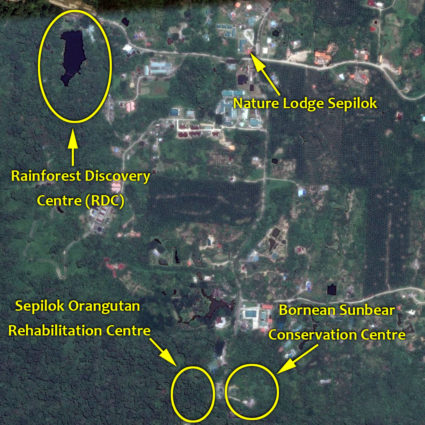
Below are some photos of Nature Lodge Sepilok.
The lodge is constructed in smaller scale to give more privacy and tranquility to tourists. They don’t want a big lodge with hundred of noisy tourists.
The room is nice and clean with air-conditioning. It is as comfy as a 3-star hotel room. The pictures above shall give you an idea.
And the toilet and bathroom is a little surprise. It’s a backyard garden with bath and toilet area partly concealed by plant. There is no tall building around, so don’t worry about your privacy. In fact, taking bath and doing my business in semi-open area is oddly satisfying. One of my friends found bird nest in her bathroom.
Every time I walked around the lodge, I always ended up with cat fur all over me. The cats there are so cute and friendly.
The food in Mango Garden Cafe of Nature Lodge Sepilok is delicious and rich in variety. They even look yummy in photos. Every meal time is a happy time for me.
By the way, you can buy almost every necessity in their shop, e.g. raincoat, soft drink, instant noodle, snack, toiletries, sunblock lotion, insect repellent, drinking water.
Nature Lodge Sepilok is really a great place for a relax and leisure vacation. For booking, you can reach them at: www.insabah.com or Phone: +60 16-8302038
2. Kinabatangan River
Let’s keep it short, Kinabatangan River is simply the best place to see orangutan, proboscis monkey, pygmy elephant and hornbills in the wild. You need a bit of luck to see pygmy elephant and orangutan though, as they are always on the move (please note this is not a zoo).
No matter what, I can assure that you won’t be disappointed with your trip in Kinabatangan, because there are so many other amazing wildlife to look at.
Nature Lodge Kinabatangan
Seeing wildlife in their natural habitat is a more exciting experience, so I visited Kinabatangan and stayed in Nature Lodge Kinabatangan (GPS: 5.494785, 118.204908, see Location Map) at Bilit Village, which is in upstream of Kinabatangan.
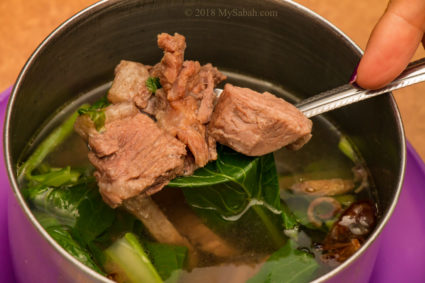
It took about 2 hours of road trip from Sandakan City to Bilit. The Lodge is located about 30 Metres away from the Kinabatangan River.
After we checked into our room, we started our sunset river cruise and saw a baby crocodile on the river bank right away.
There were many birds along the river. I saw Purple Heron (many!), Little Heron flying next to our boat, Black & Red Broadbill, Lesser Adjutant (known as Burung Botak locally, means Bald Bird), Rhinocerous Hornbill, Oriental Pied Hornbill, Brahminy kite, and Oriental Darter (Snake Bird).
Then we saw a group of Long-tailed macaques in commotion. They stood up looking at a pile of log, probably there was a monitor lizard or crocodile hiding in there. The highlight is a few herds of proboscis monkey on the trees.
After the interesting river cruise, we had our buffet dinner in the lodge. We enjoyed some fresh vegetables planted in their garden.
The activity didn’t stop there. We went for a night walk in the forest around 8pm. If this adventure is too much for you, you may stay back at the lodge to join some fun activities such as local dance.
With the help of our guide, we spotted a few nocturnal animals in the dark. A jewel-color kingfisher slept like a fluffy ball on a twig, so cute. A researcher put up a white sheet to attract insects with light. We went busybody there and checked out the bug. Near the end we saw a number of big flying foxes foraging on a cotton tree. It’s quite a thrilling experience.
After day long of playing, I went back to my lodge to rest. The lodge is inside the rainforest. It’s a special feeling to sleep in a forest, so peaceful and quiet, almost like a therapy.
They also have dormitory if you prefer backpacker style accommodation.
My room is quite spacious and comfortable. I love big space as it makes me more relaxing, so I’m really happy with my room, and it has air-conditioner.
The next day we waked up around 6am for a morning river cruise. Though it’s really early and I was sleepy, the sighting was very rewarding. The morning was cool and refreshing with a bit of mist on the river.
We were so lucky to see an orangutan waked up from his nest high up on a durian tree. Another trophy is Storm’s stork, which has only around 200 left in the world, and Kinabatangan is their stronghold.
Wild Proboscis Monkey is quite common here. You can easily see about 20 of them here.
If you love to experience this safari trip, you may contact Nature Lodge Kinabatangan via the following channels:
Website: naturelodgekinabatangan.com
Facebook: NatureLodgeKinabatangan
Phone: +60 88-230 534
E-mail: sales@nasalislarvatustours.com
Both Nature Lodge Sepilok and Nature Lodge Kinabatangan are operated by Nasalis Larvatus Tours, a licensed travel agent of Malaysia.
Flight to Sandakan
You can fly to Sandakan City by Malaysia Airlines or AirAsia from Kota Kinabalu City (KK)(50 min flight) or Kuala Lumpur (KL)(2 hours 50 min). Flight is available every day. If you book at the good time, you can get really cheap round-trip ticket like about MYR200 for KK-Sandakan and MYR400 for KL-Sandakan flight. You can use Google Flights to check the fare prices from all airlines. Nasalis Larvatus Tours also can pick you up at Sandakan airport.
By the way, Sandakan is the second largest city of Sabah and also a foodie paradise, do try some yummy local food such as spring noodle when you visit Sandakan!
Photos taken in Sandakan, Sabah, Malaysia Borneo
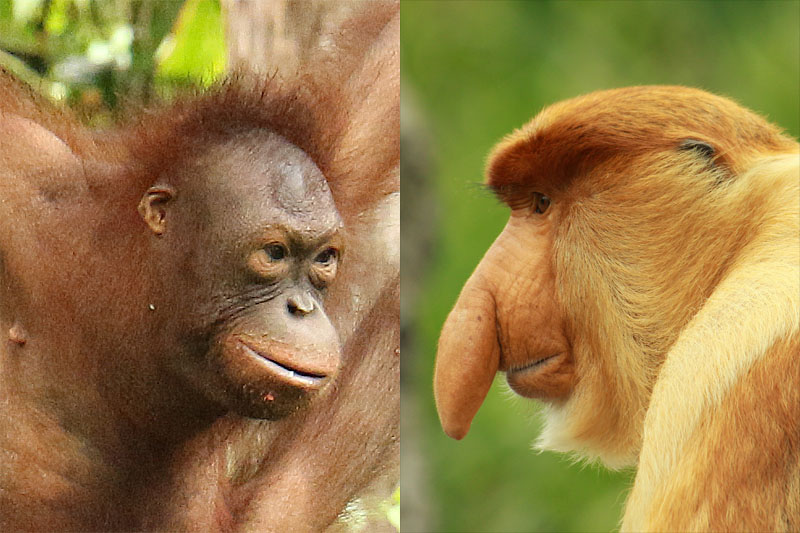

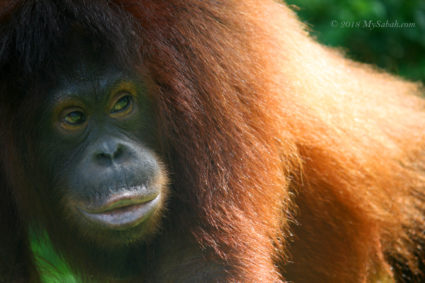
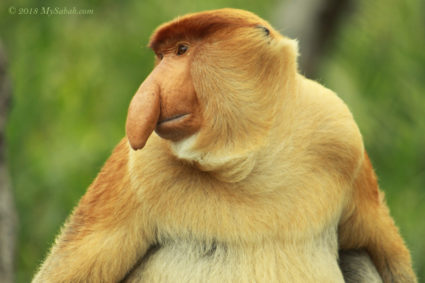

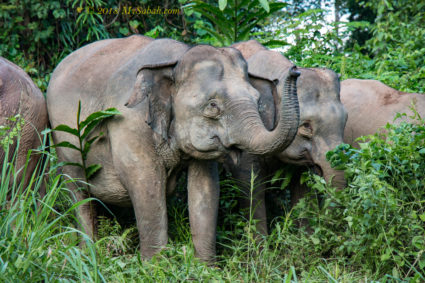
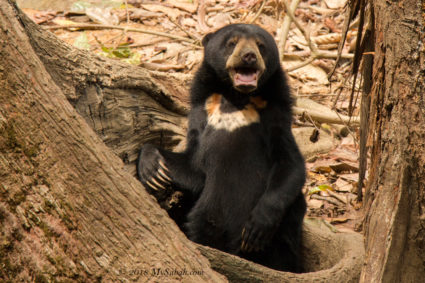
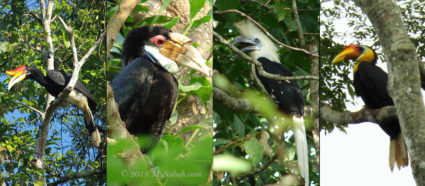
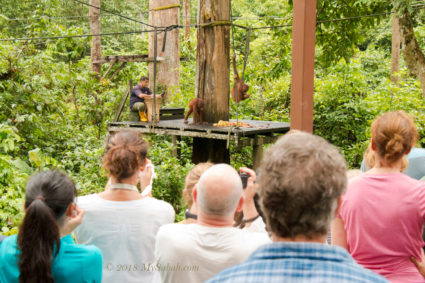
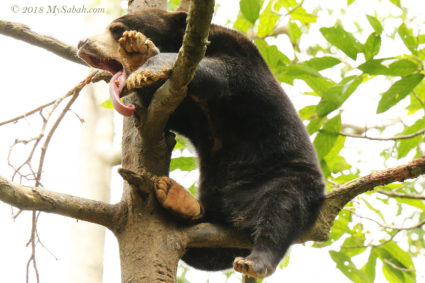
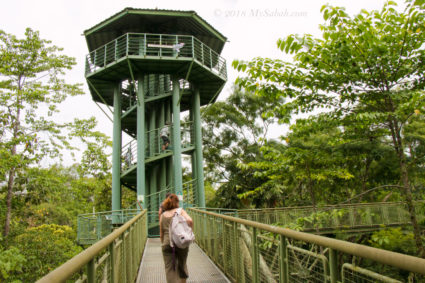
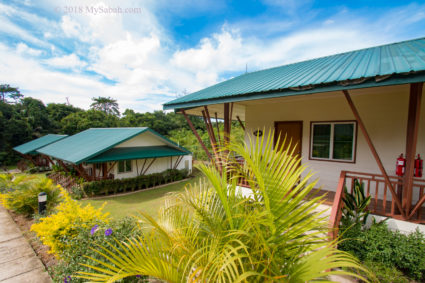
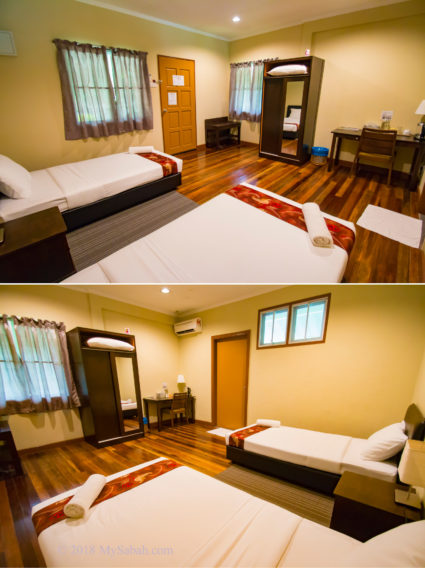
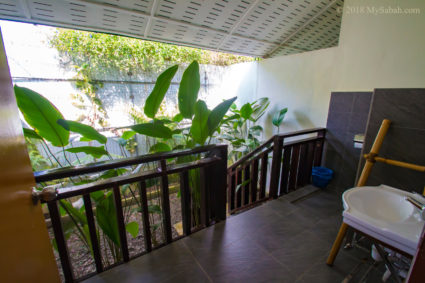
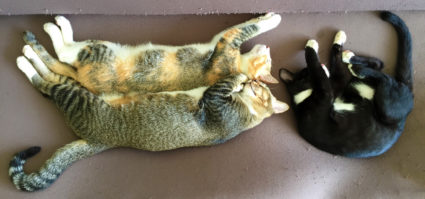
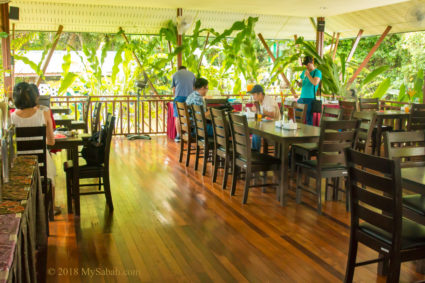
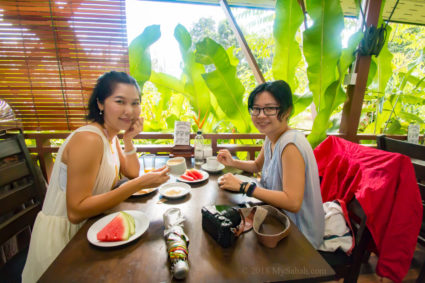

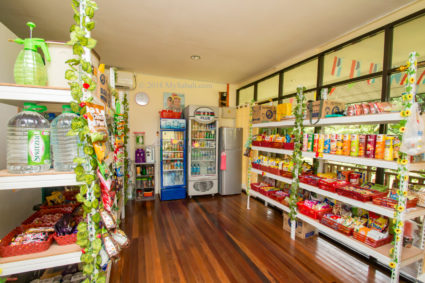
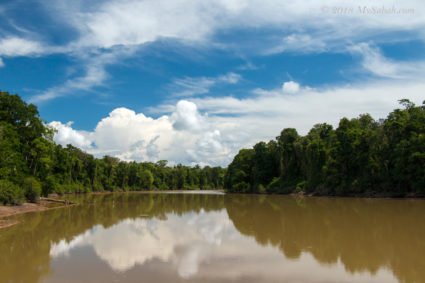
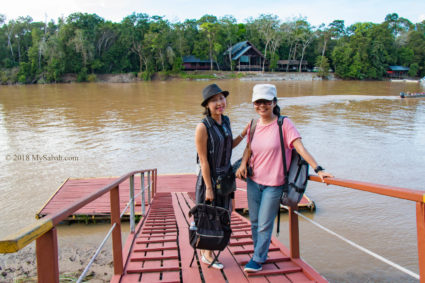
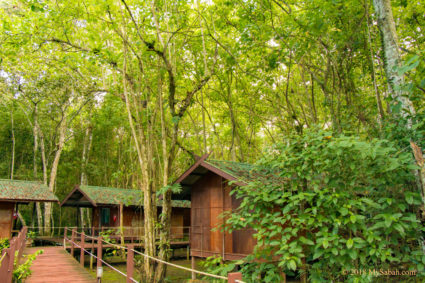
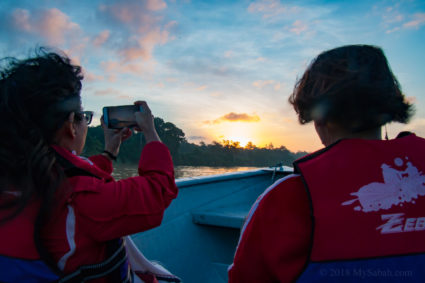
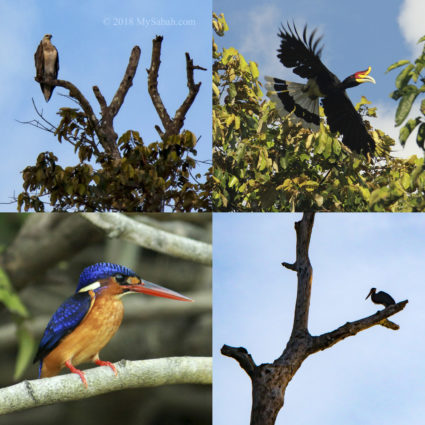
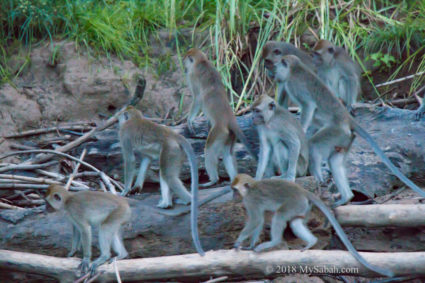
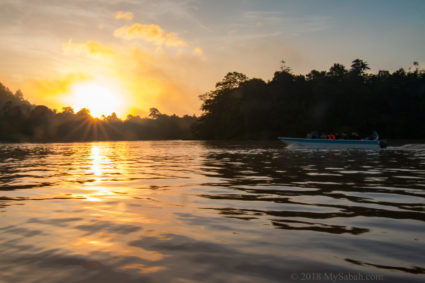
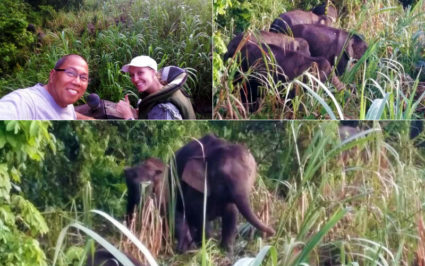
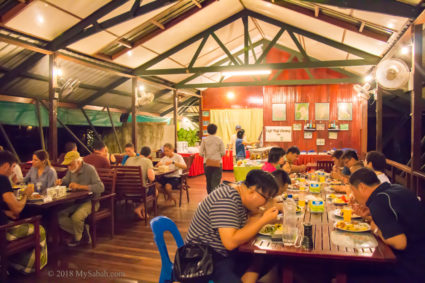
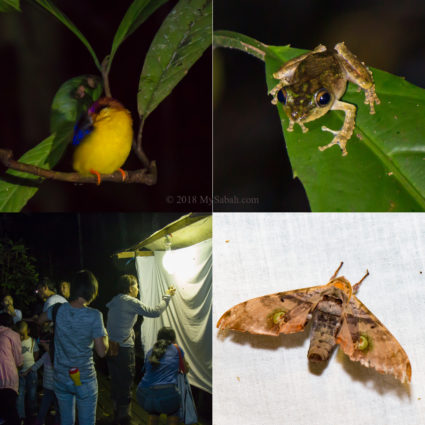
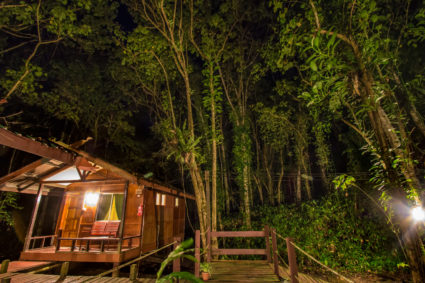
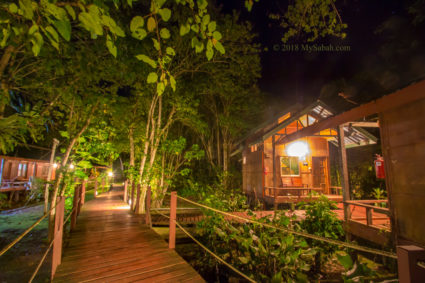
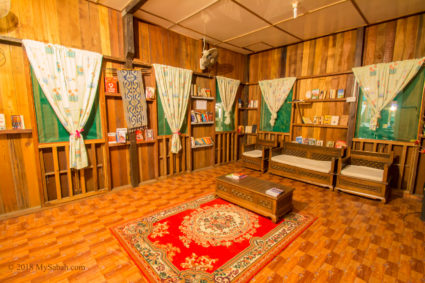
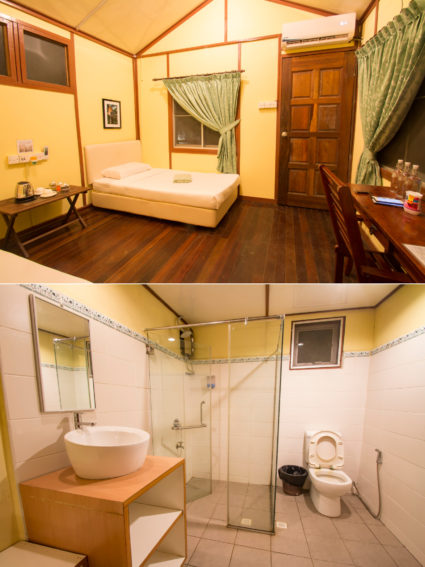
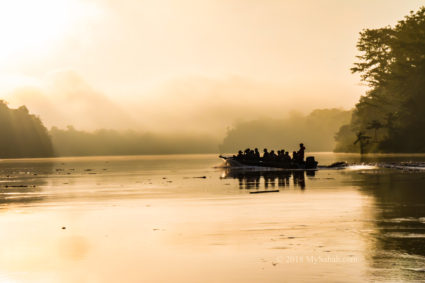
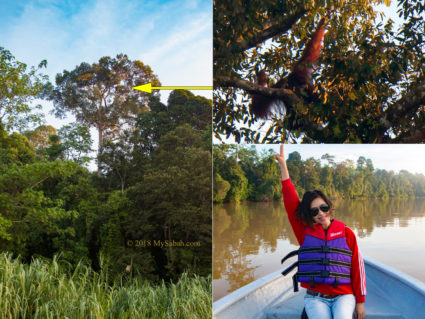
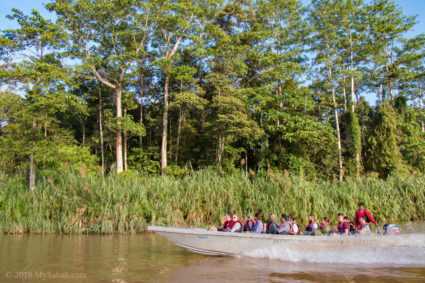
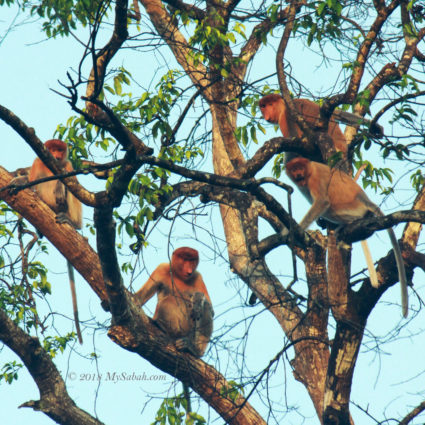

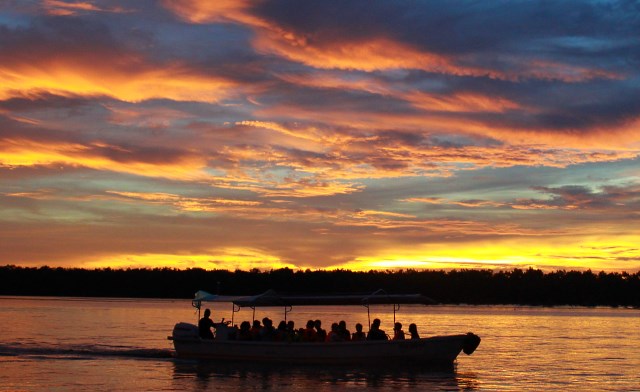
Great post! Very informative and entertaining. I’ve read a lot about the Kinabatangan river cruises and your blog post has by far had the most useful information for me and convinced me that it’s a can’t-miss activity.
Thank you Heather. I’m glad the info in my blog can help you. Welcome to Borneo!